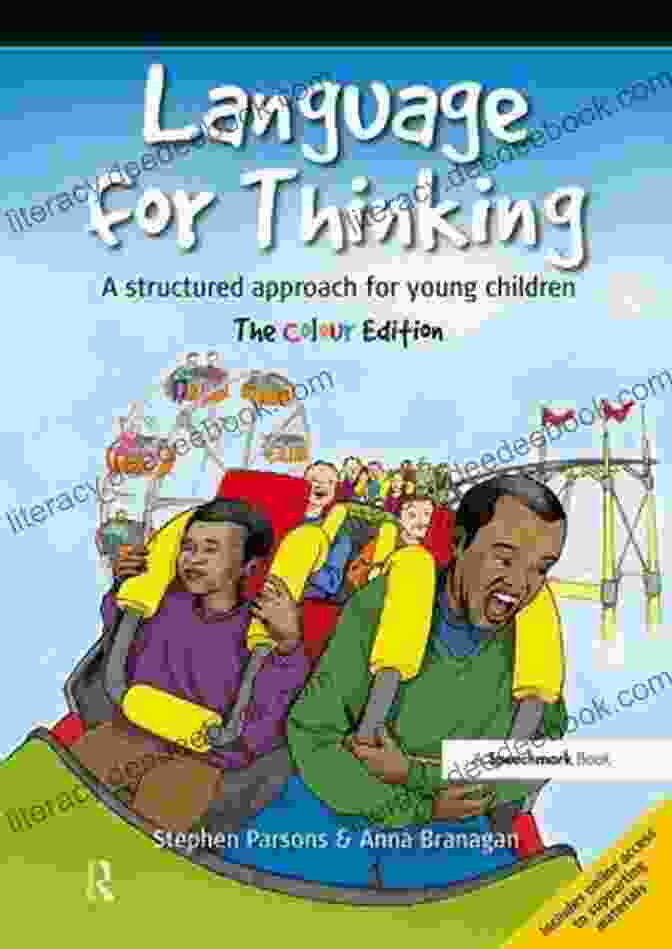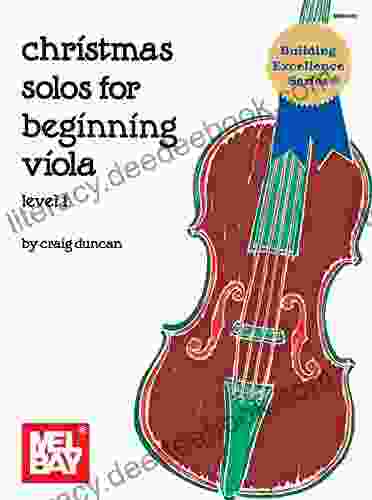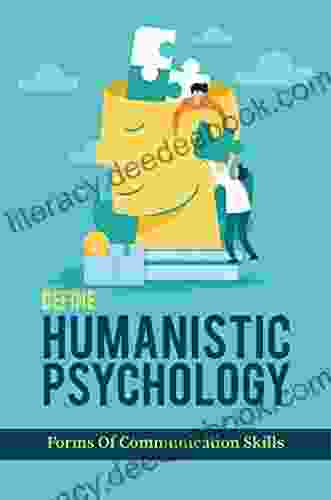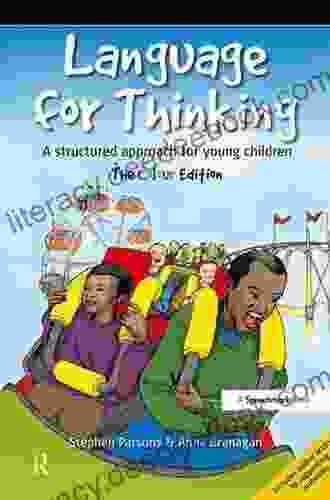A Structured Approach for Young Children: Nurturing Holistic Development and Success

In the formative years of a child's life, providing a structured approach can lay the foundation for their overall development and future success. This approach involves implementing a series of educational and developmental strategies that aim to foster children's cognitive, social, emotional, and physical well-being. By providing a nurturing and supportive environment that encourages growth and exploration, a structured approach helps young children develop the skills and habits that are essential for lifelong success.
The Importance of Structure
A well-structured environment provides children with a sense of security and predictability. It helps them understand expectations, develop self-discipline, and regulate their behavior. By establishing clear routines and boundaries, a structured approach allows children to thrive and learn effectively. Moreover, it helps them develop a sense of responsibility and accountability, as they become aware of the consequences of their actions.
4.5 out of 5
| Language | : | English |
| File size | : | 58269 KB |
| Screen Reader | : | Supported |
| Print length | : | 194 pages |
Components of a Structured Approach
A comprehensive structured approach for young children encompasses a range of components that contribute to their holistic development. These include:
1. Cognitive Development:
- Stimulating activities that promote problem-solving, critical thinking, and language skills
- Hands-on experiences and play-based learning that enhance curiosity and creativity
- Interactive storytelling and reading sessions that foster imagination and vocabulary development
2. Social Development:
- Opportunities for peer interaction and collaborative play that encourage cooperation and communication
- Role-playing and dramatic play activities that develop empathy, perspective-taking, and social skills
- Structured games and activities that promote turn-taking, sharing, and conflict resolution
3. Emotional Development:
- Providing a safe and supportive environment where children feel valued and respected
- Encouraging open communication and active listening to promote emotional expression
- Teaching emotional regulation strategies, such as mindfulness and deep breathing exercises
4. Physical Development:
- Engaging in regular physical activities that promote gross motor skills, coordination, and balance
- Providing access to safe and age-appropriate play equipment to encourage movement and exploration
- Healthy nutrition and hydration habits to support overall physical well-being
Benefits of a Structured Approach
Implementing a structured approach for young children offers numerous benefits, including:
1. Enhanced Cognitive Abilities:
Structured environments provide children with opportunities to actively engage with their surroundings, promoting brain development and cognitive growth.
2. Improved Social Skills:
Structured activities foster social interactions and cooperation, helping children develop essential communication and interpersonal skills.
3. Strong Emotional Regulation:
By teaching emotional regulation strategies, a structured approach empowers children to manage their emotions effectively, reducing stress and promoting resilience.
4. Healthy Development:
Structured routines and activities promote a healthy balance of physical, emotional, and cognitive development, ensuring the well-being of young children.
5. Preparation for Future Success:
Self-discipline, problem-solving, and collaboration skills learned through a structured approach are invaluable for children's future academic and professional endeavors.
Role of Parents and Caregivers
Parents and caregivers play a pivotal role in implementing a structured approach for young children. They can:
- Establish clear routines and expectations for daily activities, such as mealtimes, playtime, and bedtime
- Provide a stimulating and learning-rich environment at home, filled with toys, books, and hands-on materials
- Encourage active participation and exploration, allowing children to lead their own play and activities
- Model appropriate behavior and communication, fostering a positive and respectful environment
- Collaborate with teachers and childcare providers to ensure consistency and continuity between the home and early childhood setting
A structured approach can empower young children to reach their full potential and thrive in all aspects of their development. By providing a nurturing and supportive environment that encourages cognitive growth, social interaction, emotional regulation, and physical well-being, a structured approach equips children with the skills and confidence they need to succeed both in the present and in the future. As parents and caregivers, we have the responsibility to provide a structured environment that fosters children's holistic development and sets them on the path to lifelong success.

Image Description: A group of young children engaged in structured activities in a classroom setting.
4.5 out of 5
| Language | : | English |
| File size | : | 58269 KB |
| Screen Reader | : | Supported |
| Print length | : | 194 pages |
Do you want to contribute by writing guest posts on this blog?
Please contact us and send us a resume of previous articles that you have written.
 Novel
Novel Page
Page Text
Text Story
Story Genre
Genre Paperback
Paperback Newspaper
Newspaper Sentence
Sentence Bookmark
Bookmark Shelf
Shelf Glossary
Glossary Preface
Preface Synopsis
Synopsis Classics
Classics Library card
Library card Narrative
Narrative Biography
Biography Encyclopedia
Encyclopedia Dictionary
Dictionary Narrator
Narrator Resolution
Resolution Librarian
Librarian Card Catalog
Card Catalog Periodicals
Periodicals Study
Study Research
Research Scholarly
Scholarly Lending
Lending Reserve
Reserve Academic
Academic Reading Room
Reading Room Rare Books
Rare Books Interlibrary
Interlibrary Literacy
Literacy Thesis
Thesis Dissertation
Dissertation Reading List
Reading List Book Club
Book Club Theory
Theory Textbooks
Textbooks A L Butcher
A L Butcher Connie Johnston
Connie Johnston John Solleder
John Solleder James S Trefil
James S Trefil James Brown
James Brown Amy Chan
Amy Chan Jonathan Gosling
Jonathan Gosling James Shaw
James Shaw David Nunan
David Nunan Dennison Berwick
Dennison Berwick A L Lidell
A L Lidell Sian Rees
Sian Rees Stephen Parsons
Stephen Parsons Adrian Cristian Proca
Adrian Cristian Proca Henry Hazlitt
Henry Hazlitt David J Holcombe
David J Holcombe Stan Sclaroff
Stan Sclaroff John Rudlin
John Rudlin Richard Stiennon
Richard Stiennon Stephen Wertheim
Stephen Wertheim
Light bulbAdvertise smarter! Our strategic ad space ensures maximum exposure. Reserve your spot today!
 Steve CarterFollow ·11.6k
Steve CarterFollow ·11.6k Dylan MitchellFollow ·12.1k
Dylan MitchellFollow ·12.1k Jerome PowellFollow ·11.7k
Jerome PowellFollow ·11.7k Francis TurnerFollow ·12k
Francis TurnerFollow ·12k William GoldingFollow ·8.5k
William GoldingFollow ·8.5k Leo MitchellFollow ·15.2k
Leo MitchellFollow ·15.2k Tim ReedFollow ·4.7k
Tim ReedFollow ·4.7k Avery SimmonsFollow ·17.7k
Avery SimmonsFollow ·17.7k

 Al Foster
Al FosterHow To Breathe Underwater: Unlocking the Secrets of...
: Embracing the...

 Ian Mitchell
Ian MitchellThe Laws of Gravity: A Literary Journey into the...
Lisa Ann Gallagher's...

 Francis Turner
Francis TurnerChristmas Solos For Beginning Viola: A Detailed Guide for...
Christmas is a time for...

 Jamal Blair
Jamal BlairDefine Humanistic Psychology Forms Of Communication...
Humanistic...

 Morris Carter
Morris CarterJudgment in Berlin: Unraveling the Intrigue of an...
"Judgment in Berlin" is a gripping...
4.5 out of 5
| Language | : | English |
| File size | : | 58269 KB |
| Screen Reader | : | Supported |
| Print length | : | 194 pages |












